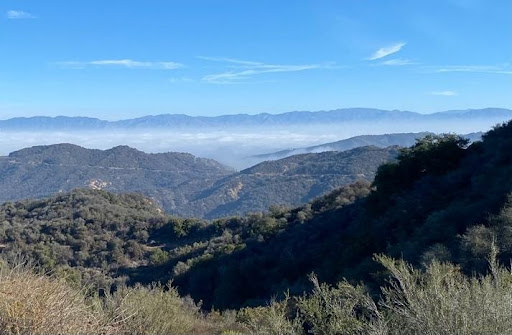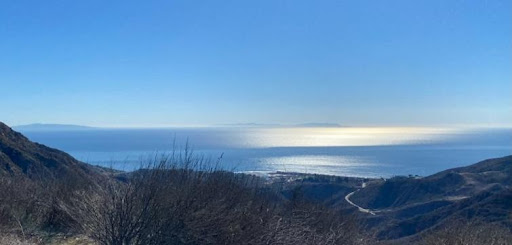A Day with the Santa Monica Mountains Volunteer Trail Workers and its Legends



The trail grooming turned out to be meditative work, like gardening, but with a breathtaking view. It was a good antidote to home isolation: fresh air, a fun upper-body workout, a light dose of vitamin D, pleasant conversation, an elegant picnic with new friends, satisfying teamwork, and a sense of accomplishment.





Add new comment